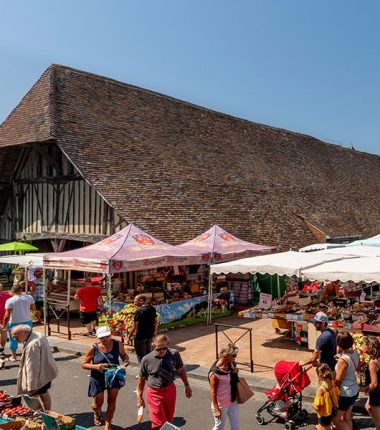Archaeological excavations in the Dives estuary have led to the discovery of rare pieces dating from the time of William the Conqueror.
A weekend on the Normandy coast that revolves around historical discovery
A Parisian couple, a high tide weekend in Normandy, an iodized stroll, so far nothing surprising. And yet! The story of the boat oar begins last month when Pierre and Julie take advantage of the seaside. Along theDives estuary between Cabourg et Dives-sur-Mer, the young couple discovers a strange shape.
We strolled quietly on the beach in the morning. My wife wanted to take a selfie to immortalize our little romantic weekend. Looking at the photos, I noticed something behind us in the distance that looked like driftwood.
Pierre and Julie, young Parisian couple
They decide to approach and discover an old boat oar lying on the foreshore. Intrigued, they take a picture of it, post it on Instagram and tag the Normandy Cabourg Pays d'Auge tourist office.
After a few exchanges and on the advice of a resident, the young couple decides to recover the possible treasure. They bring it to the nearest tourist office, that of Dives-sur-Mer, which ends up contacting the'AHMC, the Calvados Medieval History Association.
Archaeological excavations in the greatest secrecy
Quickly, the train is transferred to a research center for more comprehensive analyzes. There follow archaeological digs in the Dives estuary, in the greatest secrecy. The latter have made it possible to get their hands on some historical treasures which lay under sandy bottoms, on the outskirts of the port of Dives-Cabourg-Houlgate.
In addition to the boat oar, an old ladle and an old saw were found.
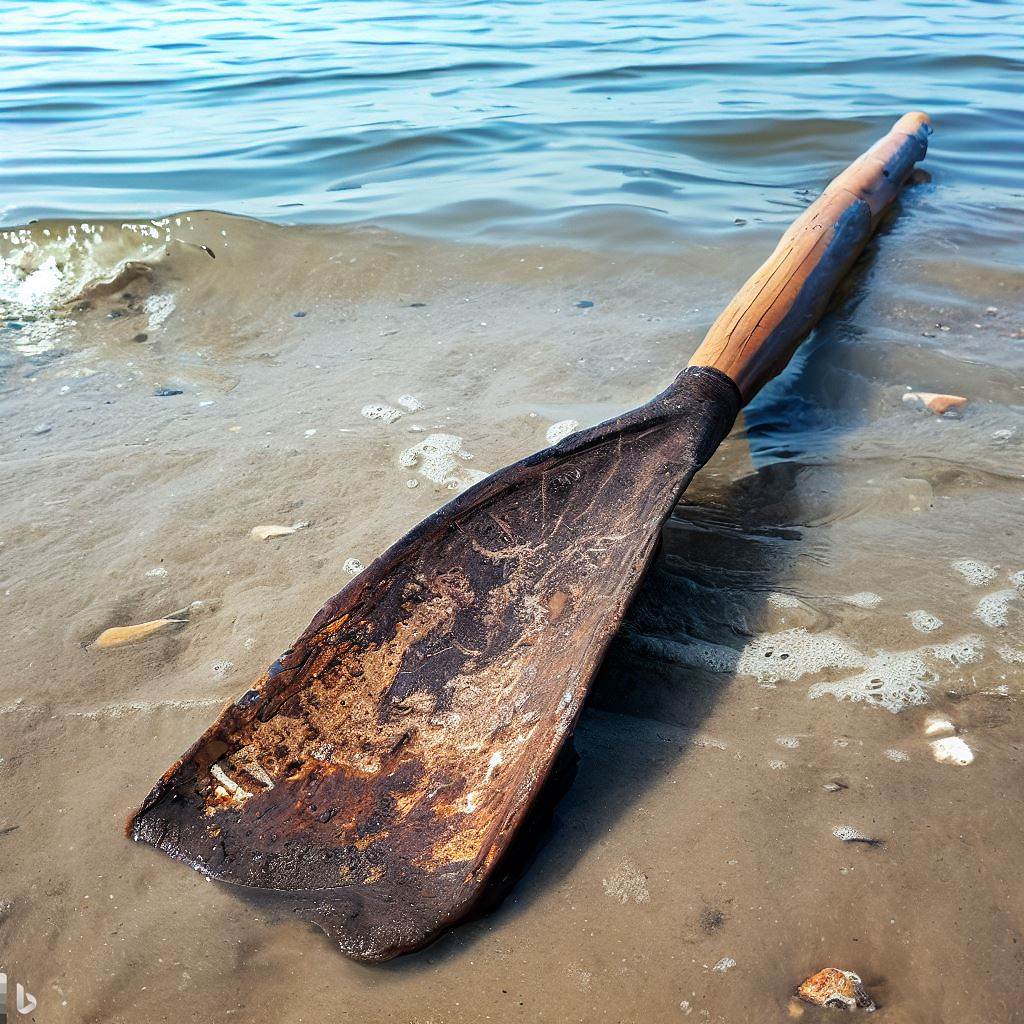
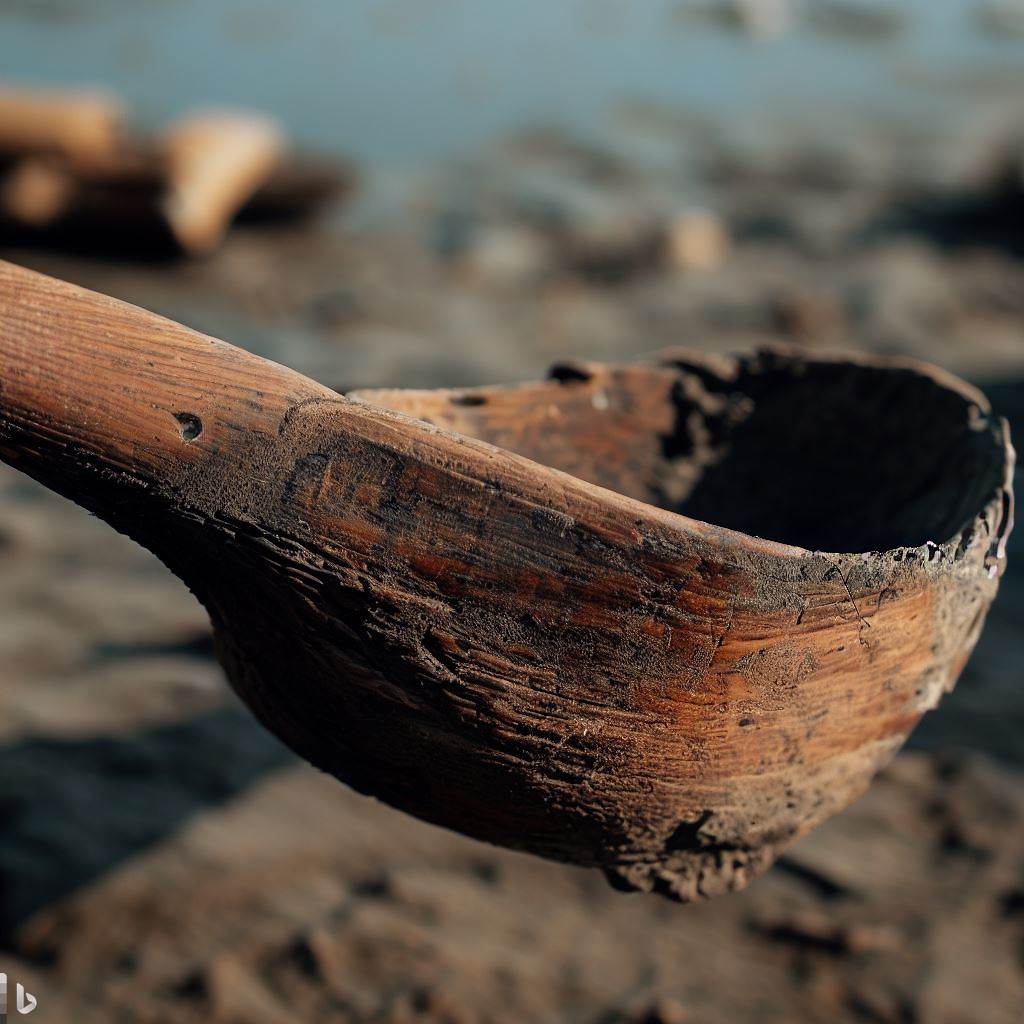
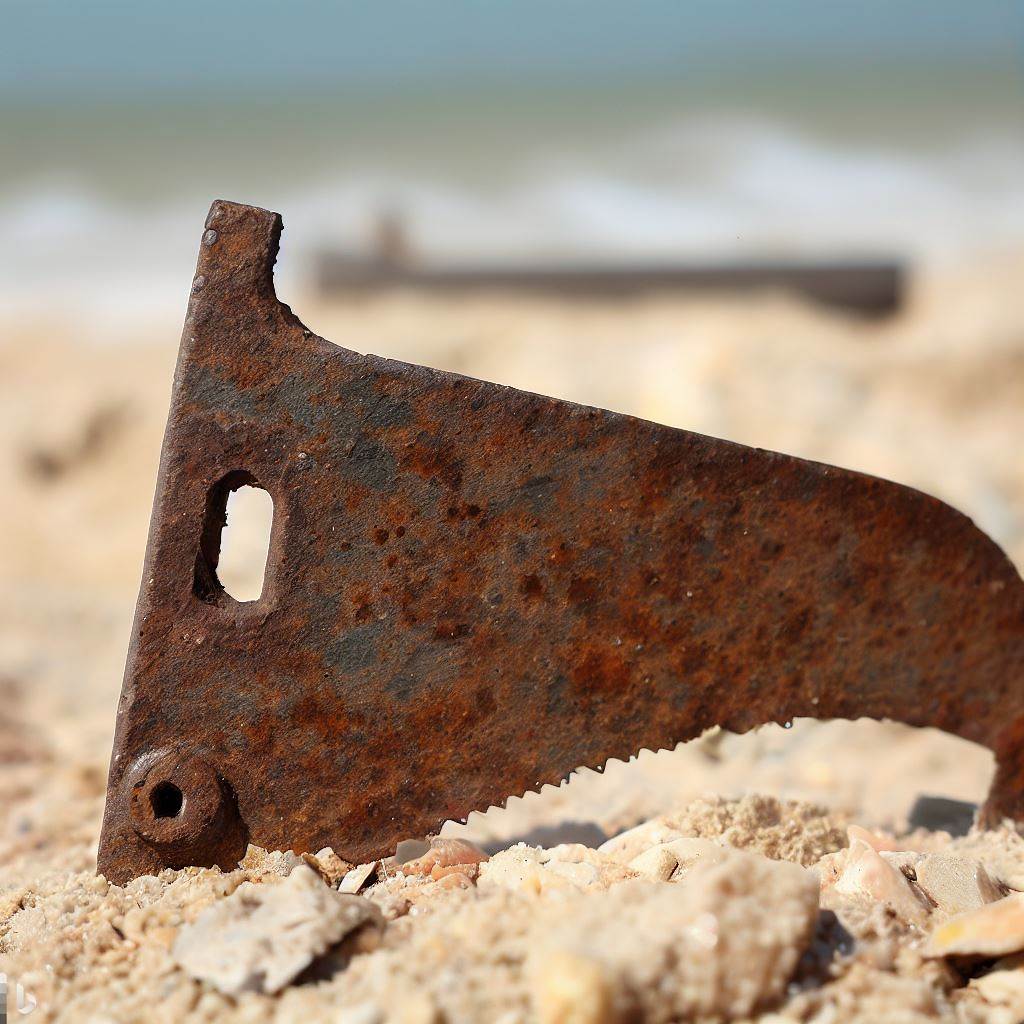
Laboratory analyzes and carbon 14 dating have shown that these recent finds date from the XNUMXthrd century and would be vestiges of the passage of William the Conqueror.
It is quite possible to find kitchen utensils or carpentry tools. Indeed, during the great departure of the troops of William the Conqueror for England in 1066, nearly 15 men embarked on hundreds of ships. The soldiers were not the only ones on board: several trades were represented, including cooks to feed all these men and carpenters to make repairs on the boat during the Channel crossing.
AHMC, the Calvados Medieval History Association
But the most interesting are certainly remains of a shipwreck which have been found.
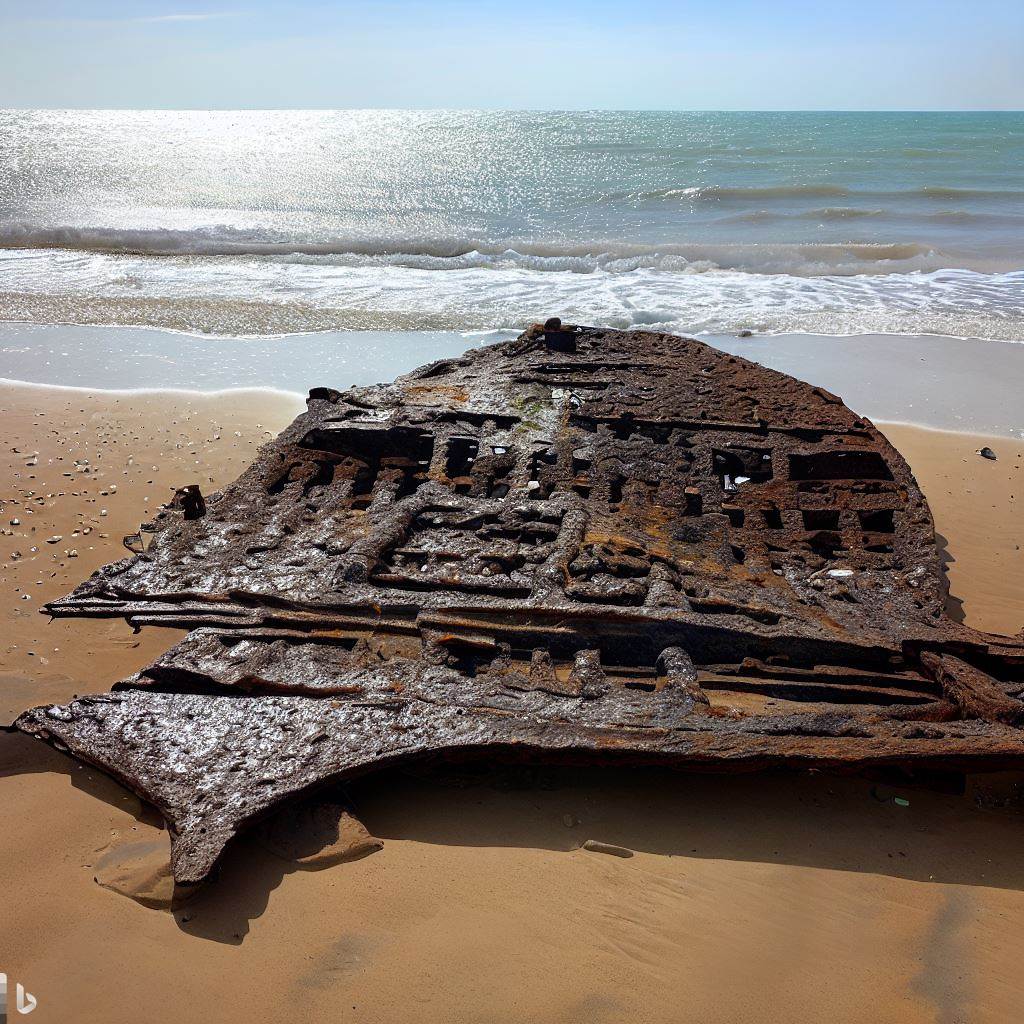
For the moment, the research is suspended. Scientists are continuing their analyses, as the wreckage could be part of the La Mora, the ship of William the Conqueror whose a replica is under construction in Honfleur.
The objective here is to do it as quickly as possible, as long as the tourist season remains fairly calm. Further analyzes are needed before undertaking further research. But as soon as the results reach us, we will resume the excavations. Finding a sword would be fantastic!
AHMC, the Calvados Medieval History Association
Pending the resumption of excavations, and if new discoveries are made, the Association of Medieval History of Calvados intends to compile a file for classify the Dives estuary as a UNESCO World Heritage Site.
You have come to the end of this article…..and we of our April Fool!
See you next year !





